Measuring microphones: characteristics, purpose and selection
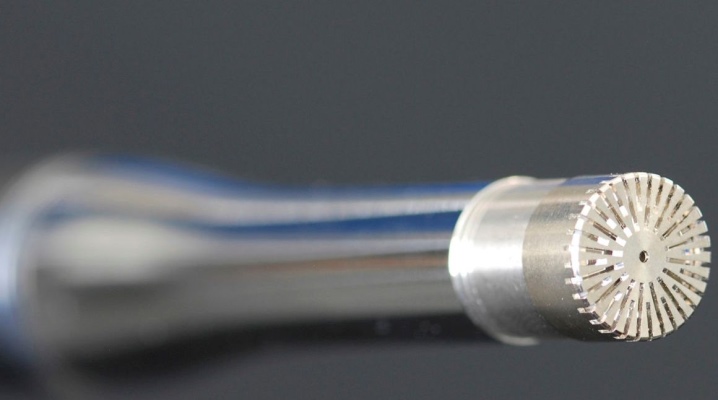
The measuring microphone is an indispensable device for some types of work. In this article, we will consider a USB microphone and other models, their principles of operation. We will also tell you what to look for when choosing.
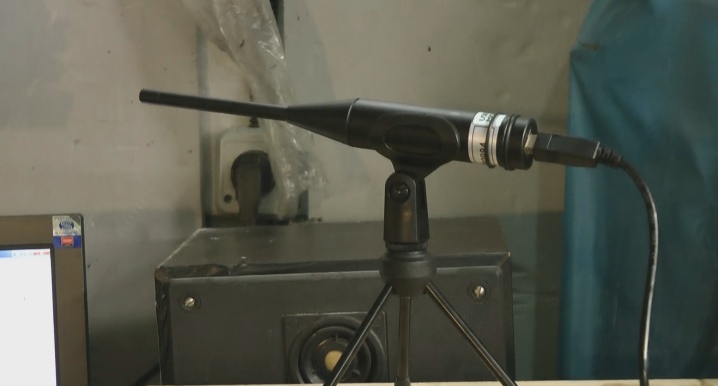
Appointment
Measuring microphones are applied for tuning and calibrating acoustic technology... Their distinctive feature is large operating range (which is in the range of 30-18000 Hz), stable frequency response (dependence of the sound pressure on frequency with constant parameters of incoming electrical impulses) and strict direction of action... When playing audio, the frequency response of the speakers directly affects the sound quality and the absence of distortion. These values must be taken into account when calculating sound systems, choosing loudspeakers and designing acoustic filters for them.
However, these data rarely correspond to those declared by the manufacturer of the equipment, and each speaker has its own characteristics. In the best speaker models, this dependence tends to a constant value, and the graph does not have pronounced "ups" and "downs".
They have a minimum difference in the value of sound pressure in different parts of the frequency range, and the width of the operating frequencies is the greatest (in comparison with lower-quality and expensive counterparts).

It can be ineffective to regulate the technique "by ear", since these are purely subjective sensations. Therefore, to obtain high-quality sound it is necessary to measure the performance of the speakers using measuring microphones. In addition, the studio must have good soundproofing for proper setup. When installing it, it is advisable to use measuring microphones. In this case, they can be used for:
- measurements of the general noise level;
- detection of acoustic anomalies (standing bass waves);
- room acoustic analysis;
- identifying places with poor sound insulation in order to strengthen it;
- determining the quality of soundproofing material.
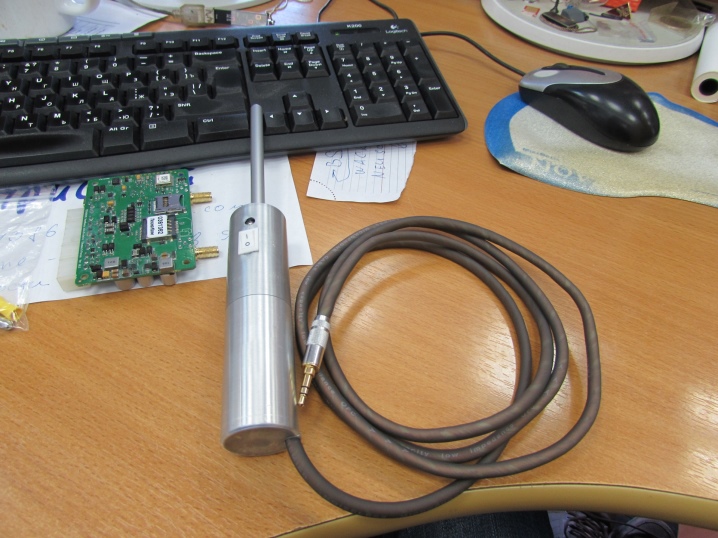
Reference! Standing bass waves are low-frequency hum that appears in the corners of a room. It is caused by the peculiarities of the layout and appears in the presence of extraneous sounds (for example, when neighbors are listening to music loudly). This phenomenon reduces performance and negatively affects well-being. Such properties of microphones can also be used for domestic purposes. And in general, in any room where high-quality sound insulation is needed.
For these purposes, the microphone is used together with a test signal generator and a spectrum analyzer (this can be either a separate device or a computer program). In addition, these microphones can be used for general sound recording. This versatility is due to their characteristics.
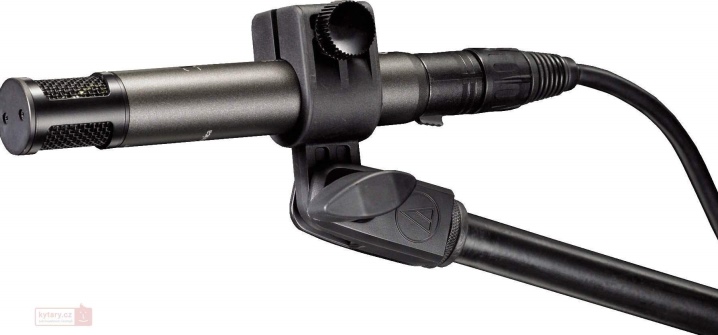
Characteristic
The main requirement for measuring microphones is a constant frequency response over the entire operating range. That's why all devices of this type are capacitore. The lowest operating frequency is 20-30 Hz. The highest is 30-40 kHz (30,000-40,000 Hz). The uncertainty is within 1 dB at 10 kHz and 6 dB at 10 kHz.
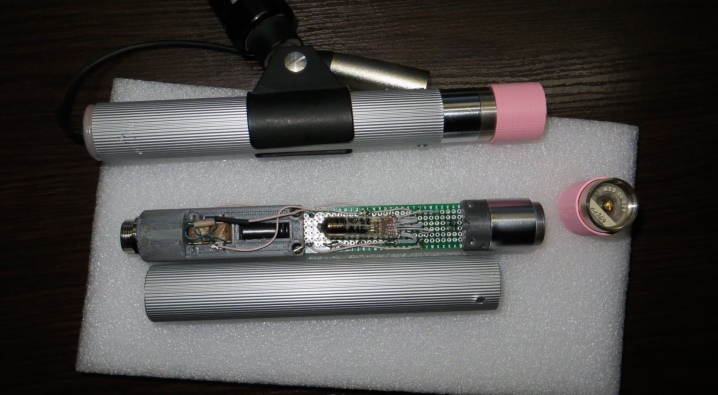
The capsule has dimensions of 6-15 mm, for this reason it is not actually directed up to a frequency of 20-40 kHz. The sensitivity of the measuring microphones is not higher than 60 dB. Usually the device consists of a tube with a capsule and a housing with a microcircuit. Several types of interfaces are used to connect to a computer:
- XLR;
- Mini-XLR;
- Mini-Jack (3.5 mm);
- Jack (6.35 mm);
- TA4F;
- USB.
Power can be supplied both via a wire (phantom) and from a battery. The high quality of the sounds recorded by the measurement microphones makes them suitable for everyday use. Unless, of course, you are confused by the price of such devices.
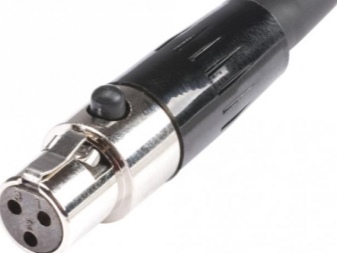

Operating principle
Measurement microphones do not differ from others in their principle of operation. They generate electrical signals based on sound parameters. The only difference is in their operating range and frequency response. Working body of the measuring device - capsule type HMO0603B or Panasonic WM61. Others can be used if their frequency characteristics are stable.
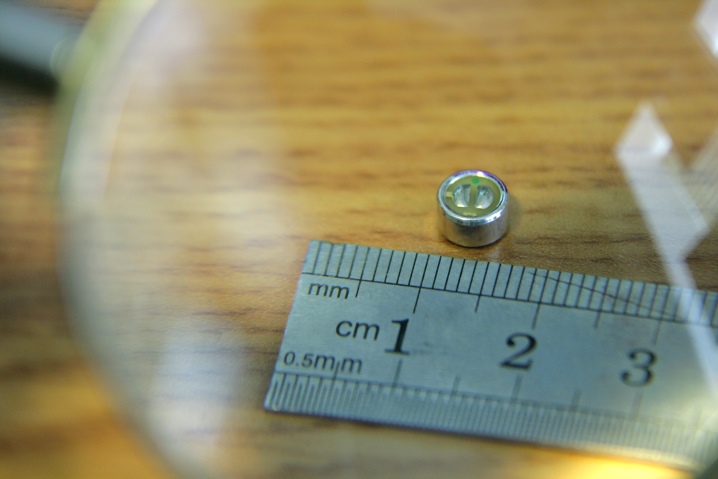
The signals generated by the capsule are fed to a preamplifier. There they undergo primary processing and filtering from interference. The device is connected via a microphone input to a personal computer. There is a special connector on the motherboard for this. Then, using a program (for example, Right Mark 6.2.3 or ARC System 2), the required readings are recorded.
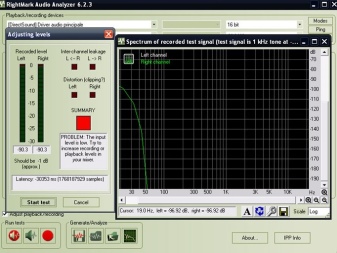

Since the measurement microphone has no fundamental differences from other types, the question arises whether it can be replaced with a studio one. It is possible if its frequency response is constant. And this is only the case with condenser microphones. In addition, when measuring, keep in mind that a studio microphone gives a more general picture, since it does not have a strict direction of action.
It should be said that a studio with similar characteristics will cost more. Therefore, its purchase only for measurements is impractical. Especially against the background of specialized devices.
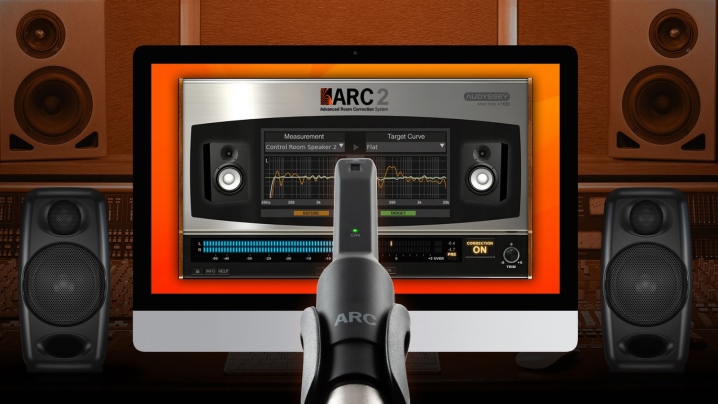
Choice
There are a large number of measurement microphones on the market. We can highlight several good models:
- Behringer ECM8000;
- Nady CM 100 (its characteristics are more stable, and the quality of measurements is higher);
- MSC1 from JBL Professional.
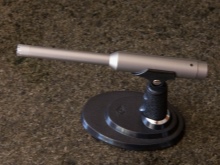
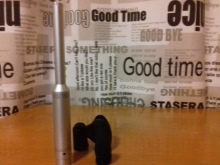
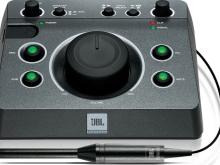
Of course, there are plenty of other decent models out there. Before the purchase be sure to check their frequency and other characteristics... When choosing, make sure the microphone housing is metal. Or, as a last resort, it should have escaping. This is to eliminate interference.
Factory metering devices are expensive. And since their design is not complicated, they can be replaced with homemade options. The picture shows a schematic diagram.
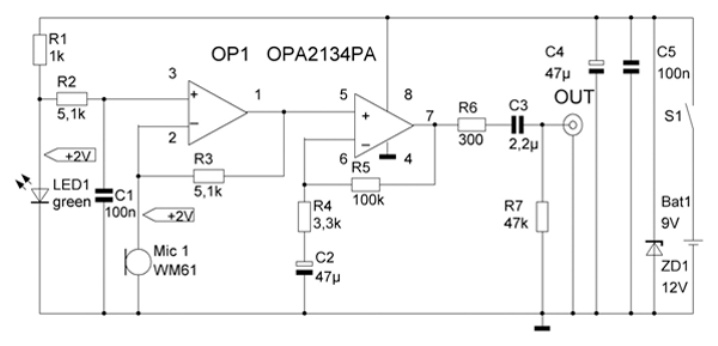
The printed circuit board of the measuring microphone is made of fiberglass. Here are its dimensions and configuration. The LED must guarantee a voltage drop of up to 2 V. in the indicated areas. You can use Sprint Layout 6.0 to design your PCB. The main thing when working - start from the expected dimensions of the case.

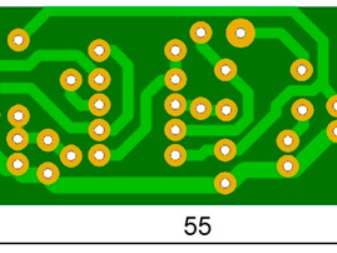
The Behringer ECM8000 measuring microphone is presented in the video below.













The comment was sent successfully.